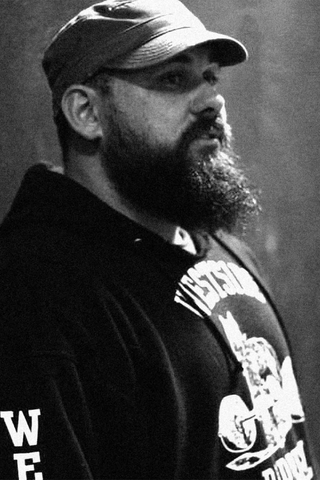Conjugate for Athletes: Programming Optimization

It is a trap to think you can fix nonlinear problems with linear solutions. This is one of the many reasons linear periodization is a sub-par choice for any coach. A reductive training approach will work for an uncomplicated task, but, as we know, playing professional sports at a high level requires a high competency in efficiently executing complex tasks.
The first encounter of the term Groove training came from Dan Di Pasqua of the Melbourne Storm. Dan is one of the brightest minds in professional strength coaching and has a wealth of experience that would behoove one to study from.
Linear systems can only yield linear (Grooved) results. Once an athlete trains into a groove state, any stress occurring outside this safety zone increases the risk of injury and its degree tremendously due to lack of physical capacity. So how do you increase capacity?
Well, that leads to the most hotly debated question between sports science, strength coaches, and the highly decorated social media strength personality. What system of training should one use?
The answer is simple; it is the one that works. It is a system that requires relatively minimal effort but yields maximum results.
However, a simple answer can lead to a complex question. Such as, can you correctly define the parameters of what the individual relative minimal effort is to obtain desired results?
To date, the most effective system of training for chaotic tasks is evolution. Sadly, that takes too long to have an acute effect on the athletes we train.
However, even with our own bias, we find the Westside conjugate method the foundation of choice.
Why?
Simply because it is dynamic.
Having a fluid (Dynamic) training system is critical. The Conjugate System that Louie Simmons has pioneered for the modern-day strength coach is possibly one of the most objectively focused, misunderstood, and pertinent data-driven training systems.
Every week we know how strong our athletes are. Every week we know how fast our athletes are. Every week, we know precisely what areas of weakness need improvement (Simmons, 2005). So at a minimum, 52 times a year, there is a checks and balances approach to optimal athletic training based on objective data.
We can alter the program (moving the spotlight) to eliminate any weakness found at any time. We can listen to personal feedback from an external coach, turn this into an objective task and build the required capacity to give the athlete the best chance at defined goals.
Whatever your approach to training, it can only be as successful as the data you base it upon. So take caution at the start because missing one minor piece can have significant consequences.
Cited Material
Simmons, L. (2005). Book of Methods. Fond Du Lac: Westside4Athletes.
The first encounter of the term Groove training came from Dan Di Pasqua of the Melbourne Storm. Dan is one of the brightest minds in professional strength coaching and has a wealth of experience that would behoove one to study from.
Linear systems can only yield linear (Grooved) results. Once an athlete trains into a groove state, any stress occurring outside this safety zone increases the risk of injury and its degree tremendously due to lack of physical capacity. So how do you increase capacity?
Well, that leads to the most hotly debated question between sports science, strength coaches, and the highly decorated social media strength personality. What system of training should one use?
The answer is simple; it is the one that works. It is a system that requires relatively minimal effort but yields maximum results.
However, a simple answer can lead to a complex question. Such as, can you correctly define the parameters of what the individual relative minimal effort is to obtain desired results?
To date, the most effective system of training for chaotic tasks is evolution. Sadly, that takes too long to have an acute effect on the athletes we train.
However, even with our own bias, we find the Westside conjugate method the foundation of choice.
Why?
Simply because it is dynamic.
Having a fluid (Dynamic) training system is critical. The Conjugate System that Louie Simmons has pioneered for the modern-day strength coach is possibly one of the most objectively focused, misunderstood, and pertinent data-driven training systems.
Every week we know how strong our athletes are. Every week we know how fast our athletes are. Every week, we know precisely what areas of weakness need improvement (Simmons, 2005). So at a minimum, 52 times a year, there is a checks and balances approach to optimal athletic training based on objective data.
We can alter the program (moving the spotlight) to eliminate any weakness found at any time. We can listen to personal feedback from an external coach, turn this into an objective task and build the required capacity to give the athlete the best chance at defined goals.
Whatever your approach to training, it can only be as successful as the data you base it upon. So take caution at the start because missing one minor piece can have significant consequences.
Cited Material
Simmons, L. (2005). Book of Methods. Fond Du Lac: Westside4Athletes.





